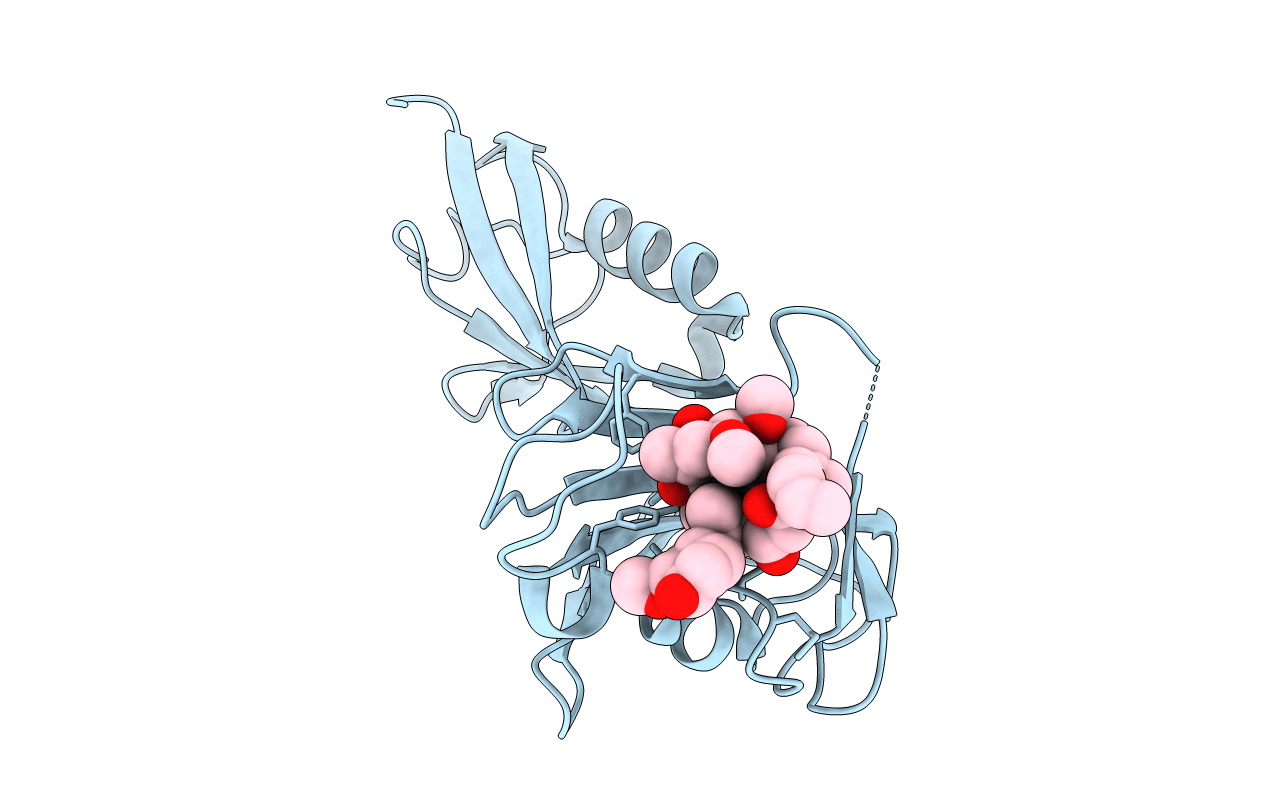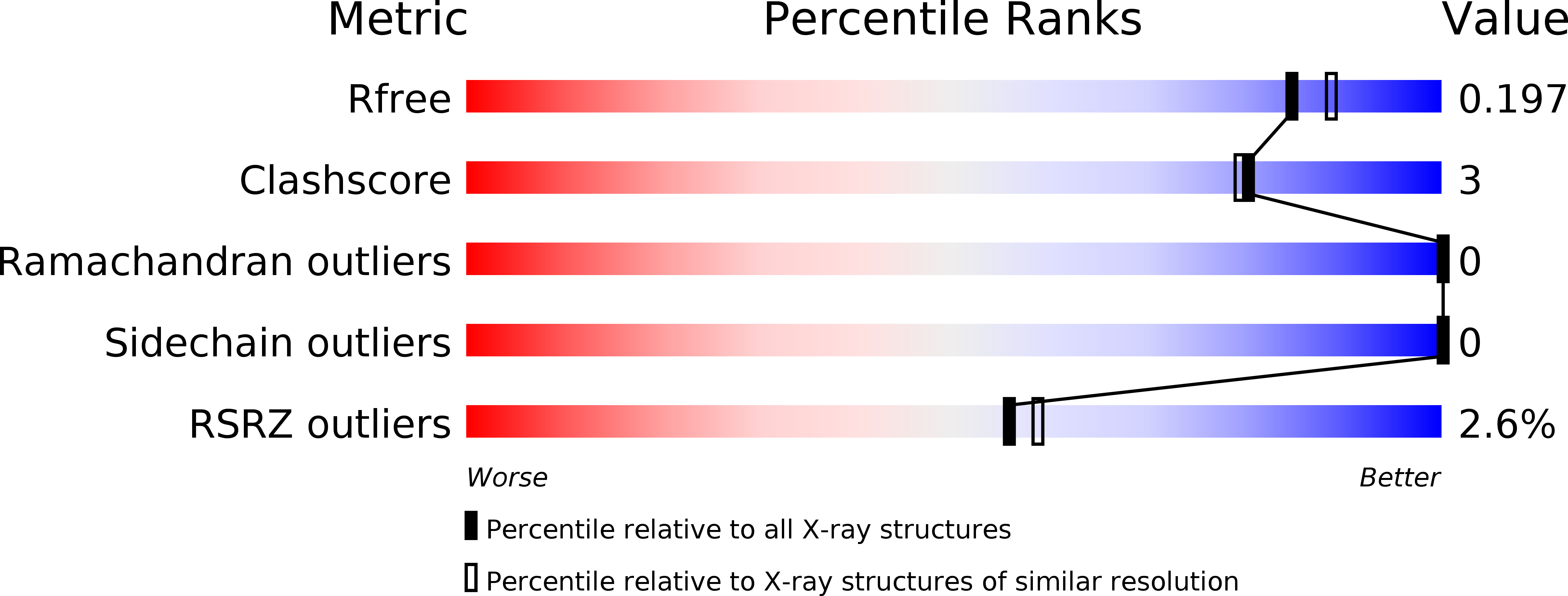
Deposition Date
2011-11-19
Release Date
2011-11-30
Last Version Date
2023-09-13
Entry Detail
PDB ID:
3UQB
Keywords:
Title:
Crystal structure of a SMT Fusion PEPTIDYL-PROLYL CIS-TRANS ISOMERASE with surface mutation D44G from Burkholderia pseudomallei complexed with FK506
Biological Source:
Source Organism:
Saccharomyces cerevisiae (Taxon ID: 559292)
Burkholderia pseudomallei (Taxon ID: 320372)
Burkholderia pseudomallei (Taxon ID: 320372)
Host Organism:
Method Details:
Experimental Method:
Resolution:
1.90 Å
R-Value Free:
0.22
R-Value Work:
0.16
R-Value Observed:
0.17
Space Group:
P 1 21 1


